Rotation 1 Question 7
7. Let the moment of inertia of a hollow cylinder of length 30
(2019 Main, 12 Jan I)
(a)
(b)
(c)
(d)
Show Answer
Answer:
Correct Answer: 7. (a)
Solution:
- Moment of inertia of hollow cylinder about its axis is
where,
Moment of inertia of thin hollow cylinder of radius
Given,
So, we have
8 For disc
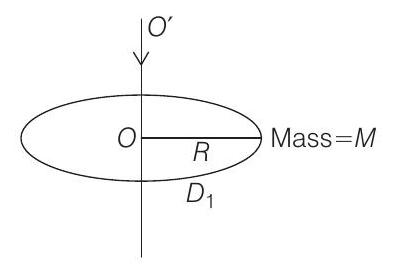
For discs
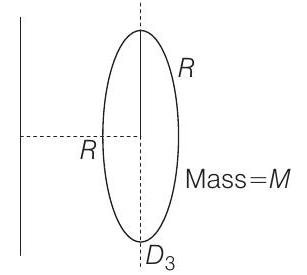
Now, total MI of the system
9 (b) Suppose the mass of the
When the
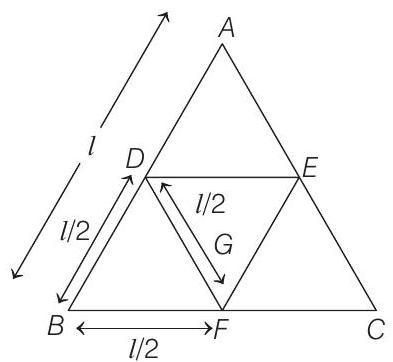
Since we know, moment of inertia of the triangle about the axis, passing through its centre of gravity is,
Moment of inertia of
The moment of inertia of the remaining part will be
Key Idea This problem will be solved by applying parallel axis theorem, which states that moment of inertia of a rigid body about any axis is equals to its moment of inertia about a paralle axis through its centre of mass plus the product of the mass of the body and the square of the perpendicular distance between the axis.
We know that moment of inertia (MI) about the principle axis of the sphere is given by
Using parallel axis theorem, moment of inertia about the given axis in the figure below will be
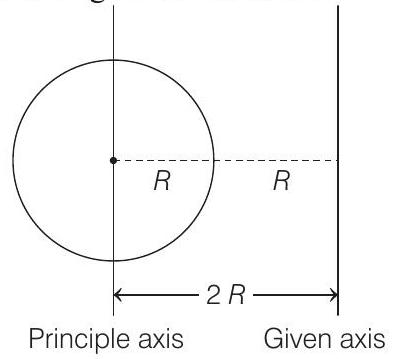
Considering both spheres at equal distance from the axis, moment of inertia due to both spheres about this axis will be
Now, moment of inertia of rod about its perpendicular bisector axis is given by
Here, given that
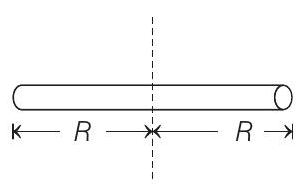
So, total moment of inertia of the system is






